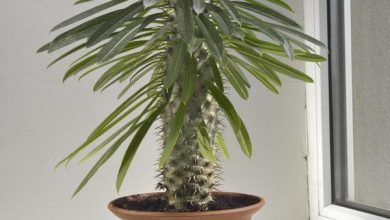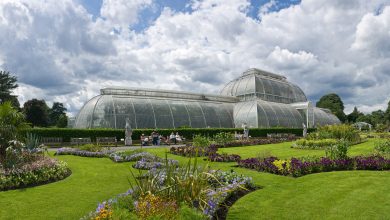Shepherd’s Purse: [Cultivation, Irrigation, Care, Pests and Diseases]
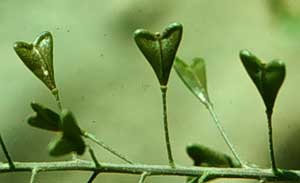
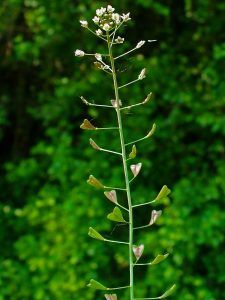 Originally from Europe, the shepherd’s purse is one of the most widely distributed exotic plants in the world, which has been used traditionally as a natural remedy.
Originally from Europe, the shepherd’s purse is one of the most widely distributed exotic plants in the world, which has been used traditionally as a natural remedy.
It is used to stop bleeding, to improve skin conditions, to heal wounds and stimulate blood circulation. It also improves urinary infections, relieves hemorrhoids, prevents the appearance of varicose veins, among some other conditions.
In some parts of the world it is grown as a spring vegetable due to its cabbage -like flavor. In fact, this plant is one of the main ingredients of a religious meal in Japan, which is held on January 7.
The shepherd’s purse is considered a protocarnivorous plant, that is, it attracts, traps and kills insects, but it does not have the capacity to digest them like a carnivorous plant.
Important points when planting shepherd’s bag
- Scientific name: Capsella bursa-pastoris.
- Common name: Shepherd’s bag, shepherd’s bag, bread and cheese, paniquesillo, cress, dandelion.
- Height: 10 to 40 centimeters.
- Light requirement: Direct light.
- Temperature: Temperate and cold climates.
- Irrigation: Moderate and scarce.
- Fertilizer: Organic fertilizer.
What characteristics does the shepherd’s bag have?
Capsella bursa-pastoris is an annual herb of variable height. It generally measures between 10 to 40 centimeters in height, but sometimes it reaches 70 centimeters. The root is thin and tapping, growing vertically downwards.
The stems of this plant are thin and cylindrical, solitary or branching from the base. Occasionally discrete pale green villi appear. The leaves are distinct at their base and at the top. On the underside, the leaves are oblanceolate, stalked leaves; They measure 15 cm long.

In the case of the superior ones, these are smaller, 8 centimeters long, without a stem. The flowers are small, with 4 white petals, although they sometimes have violet streaks. These are grouped in terminal clusters of long pedicels. It blooms for much of the year.
In the case of the fruits, their shape and color are similar to the bag, or bag, that shepherds used to carry, hence the name of the plant. Inside these silicles are the seeds, small oval reddish capsules.
When to plant shepherd’s bag?
The best months to sow shepherd’s purse through seeds are February, March, April and May; although it can also be grown in mid- autumn, in the months of October and November.
According to experts, the so-called shepherd’s bag germinates mainly during the fall due to the short exposure to natural light and the temperatures characteristic of this season.
Where to plant shepherd’s purse?
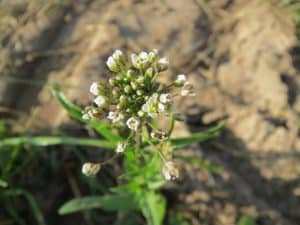 The shepherd’s purse usually grows in temperate and dry climates. It can be established in most soils, even in the poorest and shallowest, although this fact could prevent the plant from developing a great height.
The shepherd’s purse usually grows in temperate and dry climates. It can be established in most soils, even in the poorest and shallowest, although this fact could prevent the plant from developing a great height.
In the case of growing it in richer soils, the plants will reach greater height, but will take longer to produce seeds.
As for sun exposure, the shepherd’s purse can grow in semi-shade or under direct sunlight. However, it prefers to be exposed to sunlight.
With regard to temperature, the shepherd’s purse needs to be subjected to low temperatures to break seed dormancy; conditions that generally occur during the first winter.
How to prepare the land?
The shepherd’s purse grows best in moist, fertile soils rich in organic matter. Likewise, being nitrophilous, soils rich in nitrogen favor it, with a pH of 5 to 8. On the other hand, it is recommended that the soil be tilled in humid conditions before sowing.
These measures will favor the germination of the seeds.

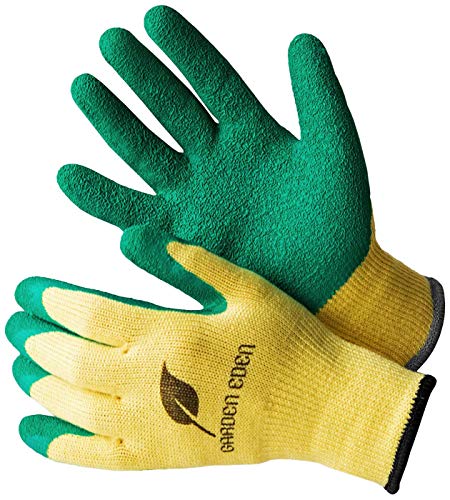
How do we water the shepherd’s purse?
The shepherd’s purse plant does not have a high water demand. In fact, it is a plant that withstands drought quite well, but it is important to apply irrigation when the soil is dry.
How often do we water the shepherd’s bag?
The watering of the shepherd’s bag should be moderate and frequent during its early stages of development and during the dry season. However, as it matures, it should become rarer and less frequent.

How to plant a shepherd’s bag step by step?
It is propagated mainly by seed. Patience is needed when sowing, as shepherd’s purse seeds can take months to germinate due to their internal dormancy. However, the seed remains viable for a long time.
Sow for seeds
- After the soil has been tilled and moistened, make a small hole and place several seeds at a depth of 2 to 3 times its size. In case of being small seeds, they can be sown broadcast.
- Cover them with substrate and water them lightly.
- Allow the seeds to be exposed to temperatures between -10ºC during the night and 25ºC during the day.
- Wait 1-2 weeks for seedlings to sprout and continue to water sparingly until established.
What care does the shepherd’s bag need?
The shepherd’s bag does not need care other than watering when the soil is really dry. On the other hand, if you want the plant to produce more leaves at the base, organic fertilizer should be added. This will help the plant have more nutrients to develop and grow.

What pests and diseases affect the shepherd’s purse?
The shepherd’s bag is a plant that hosts numerous species of insects, fungi and viruses that cause pests and diseases in other crops. Among some of them are the viruses that affect beets, cabbage, cauliflower, turnips, potatoes, radishes, among others.
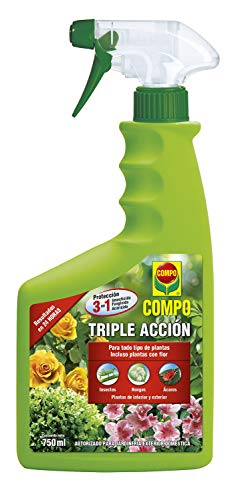
So it will be important to avoid its cultivation near agricultural areas. On the other hand, the shepherd’s purse is highly susceptible to the fungus Verticillium dahliae, a pathogen that causes discoloration of the leaves and even the death of the plant itself.
References
- https://www.ecoagricultor.com/propiedades-medicinales-bolsa-pastor/
- http://www.conabio.gob.mx/malezasdemexico/brassicaceae/capsella-bursa-pastoris/fichas/ficha.htm
- https://www.minsal.cl/portal/url/item/7d983cf52cbd8bd6e04001011e011da0.pdf
- https://en.wikipedia.org/wiki/Capsella_bursa-pastoris
- https://pfaf.org/user/plant.aspx?LatinName=Capsella+bursa-pastoris
- https://www.cabi.org/isc/datasheet/11223

![Photo of Planting Avocados: [Forms, Transplantation, Irrigation, Soil and Diseases]](https://www.complete-gardening.com/wp-content/uploads/2022/08/planting-avocados-forms-transplantation-irrigation-soil-and-diseases-390x220.jpg)

